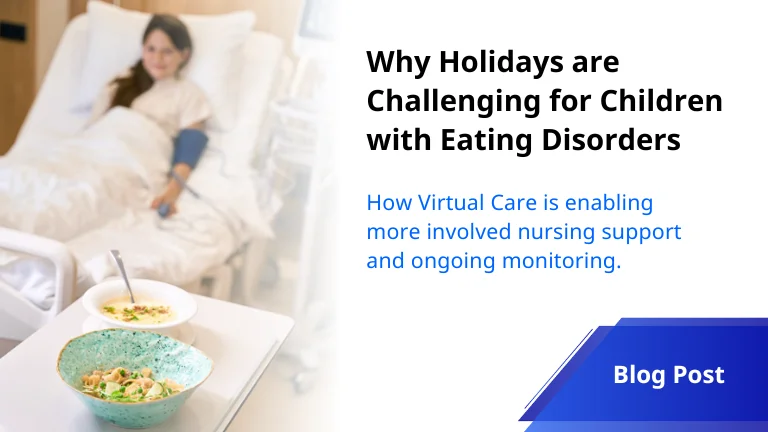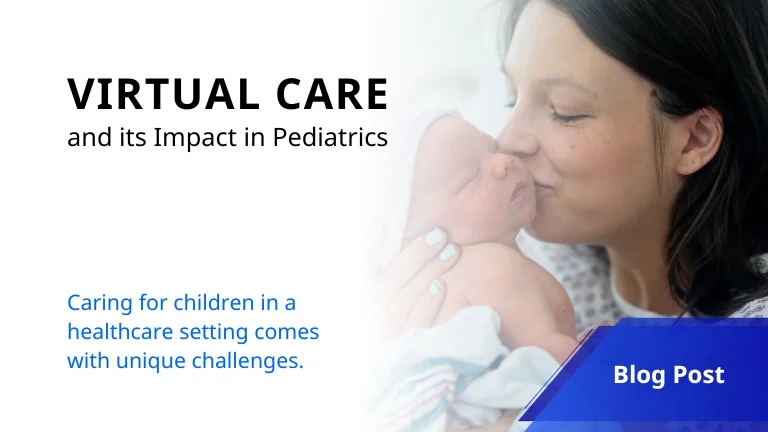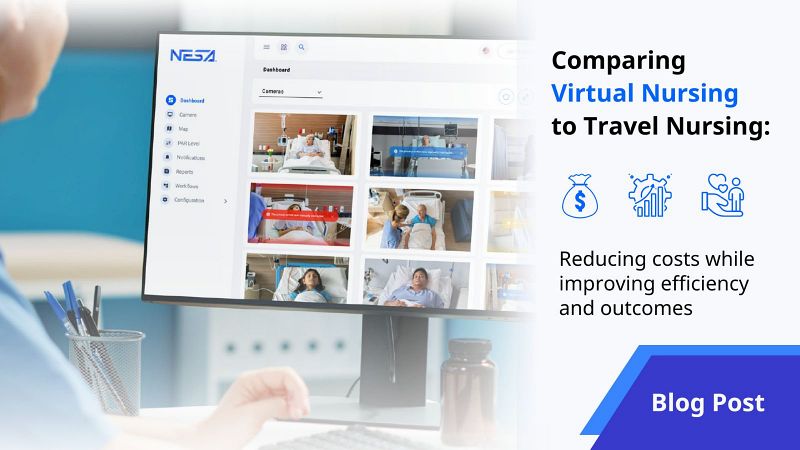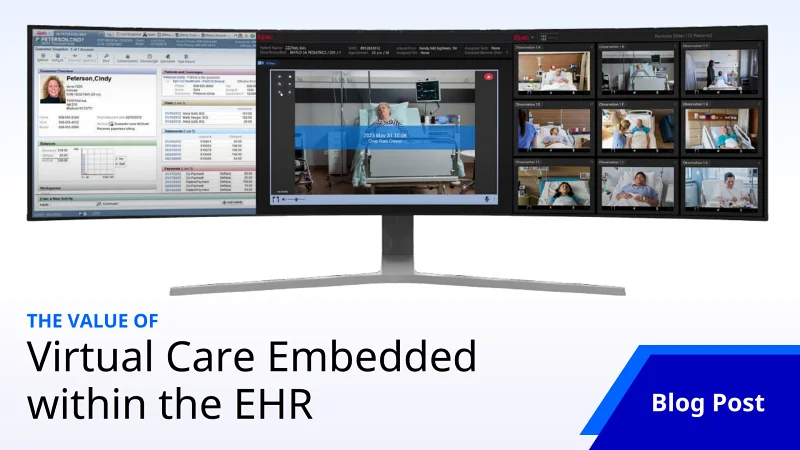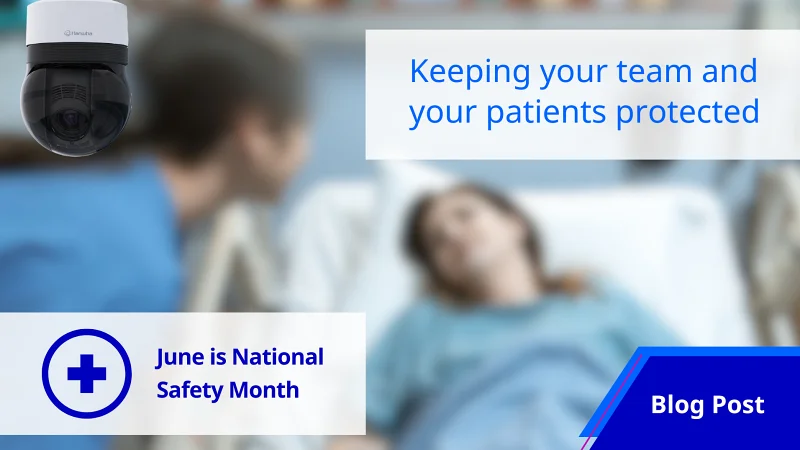
June is National Safety Month, a time dedicated to emphasizing the importance of safety in our workplaces. The National Safety Council reports over 4.5 million work-related injuries annually, resulting in more than 5,000 deaths. The financial burden of these injuries is staggering, with costs estimated at $167 billion per year. And healthcare workers are at particular risk – government data shows that they are five times as likely to experience workplace violence as other workers; they accounted for 73% of non-fatal injuries from violence in 2018, the most recent year for which numbers are available, and there are signs that it's getting worse.
These statistics highlight the urgent need for proactive measures to ensure the well-being of employees. Enhancing awareness and promoting a culture of safety are essential steps in creating safer work environments.
Why should workplace safety matter to you?
Human Impact: Workplace injuries lower productivity, reduce employee morale, and negatively impact staff as well as their families, colleagues, and communities.
Financial Costs: Workplace injuries create significant financial burdens, including the cost of medical expenses, legal fees, and increased absences, all of which ultimately lead to reduced profitability.
Legal and Ethical Responsibility: Organizations have a legal obligation to provide a safe working environment, and an ethical duty to protect their employees.
What proactive measures can you take to reduce workplace injuries?
Technology can play a transformative role. Here are just a few ways technology can make healthcare systems safer.
Continuous, Real-Time Monitoring:
Continuous remote monitoring allows healthcare providers to keep an eye on patients around the clock without being physically present. This feature ensures that any unusual activity or risk event is immediately detected, allowing for prompt intervention. In a busy healthcare setting, this means potential issues are caught early, reducing the risk of accidents, medical emergencies, incidence of violence, and other adverse patient actions.
AI Risk Alerts:
Artificial Intelligence (AI) can revolutionizing safety protocols by predicting potential risks before they escalate into serious problems – analyzing data from various sources, identifying patterns and anomalies that could indicate a brewing issue and the system can alert healthcare staff to take preventive action, thus averting potential crises.
Stat Alarms:
Stat alarms ensure that critical alerts are immediately communicated to the relevant medical personnel. This rapid response system is crucial in emergencies where every second counts – decreasing the risk of severe incidents and enhancing the overall safety of both patients and healthcare workers.
Data Analytics:
Predictive analytics models can analyze patient data to identify those at high risk for complications or adverse events; identifying bottlenecks and inefficiencies in healthcare processes to improve workflows and reduce error rates; and optimizing the allocation of resources such as staff, equipment, and beds based on predictive models of patient flow and acuity, and more. This ensures that critical resources are available when needed, enhancing staff and patient safety.
By following these strategies, healthcare organizations can make significant strides in enhancing workplace safety and creating a culture that prioritizes the health and well-being of every employee.
NESA Virtual Care PlatformTM: A Beacon of Safety in Healthcare
The NESA Virtual Care Platform creates a safer and more secure environments for both patients and staff. Continuous remote monitoring, AI risk alerts, stat alarms, advanced data analytics and reporting, and other innovative features significantly enhance the ability to prevent and respond to safety concerns. Coupled with a strong culture of safety, these technological advancements can lead to a substantial reduction in workplace injuries and violence, ultimately fostering a safer, more secure environment for all.
Conclusion:
Workplace safety, especially in healthcare, is a critical issue that cannot be overlooked. The alarming statistics on work-related injuries and violence underscore the need for robust safety measures. By leveraging advanced technologies, healthcare organizations can create a safer environment for both employees and patients. These technologies not only enhance safety but also promote a culture of vigilance and proactive intervention. As we observe National Safety Month, let’s commit to implementing these technological solutions to ensure a safer, more secure workplace for all. Embracing these innovations is not just a legal and ethical responsibility but also a crucial step towards improving productivity, morale, and overall well-being in healthcare settings.
